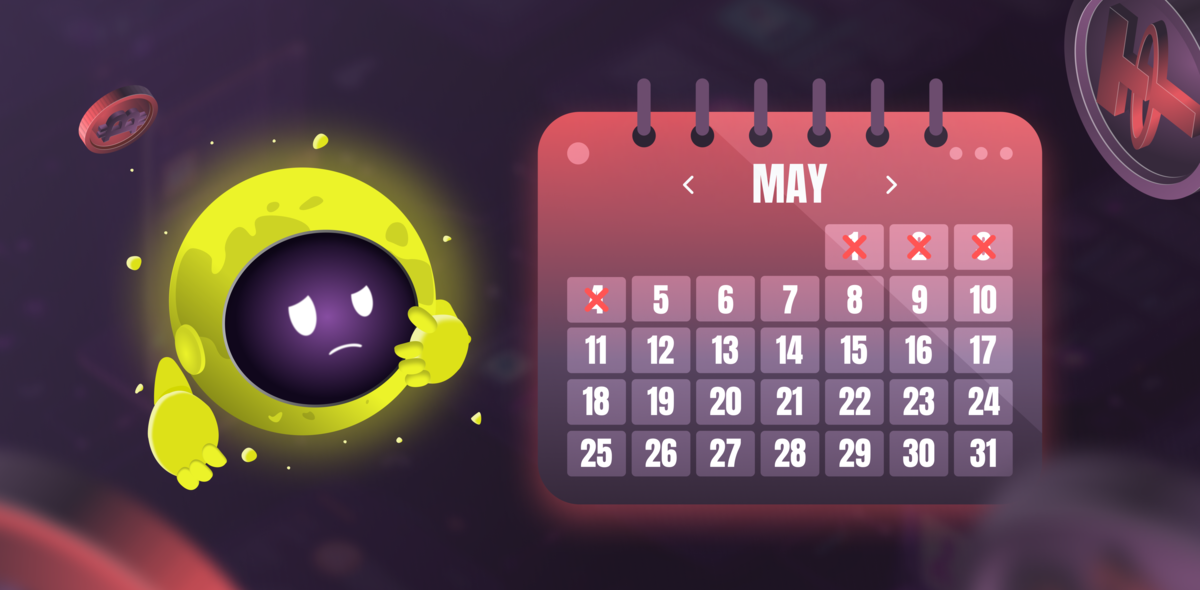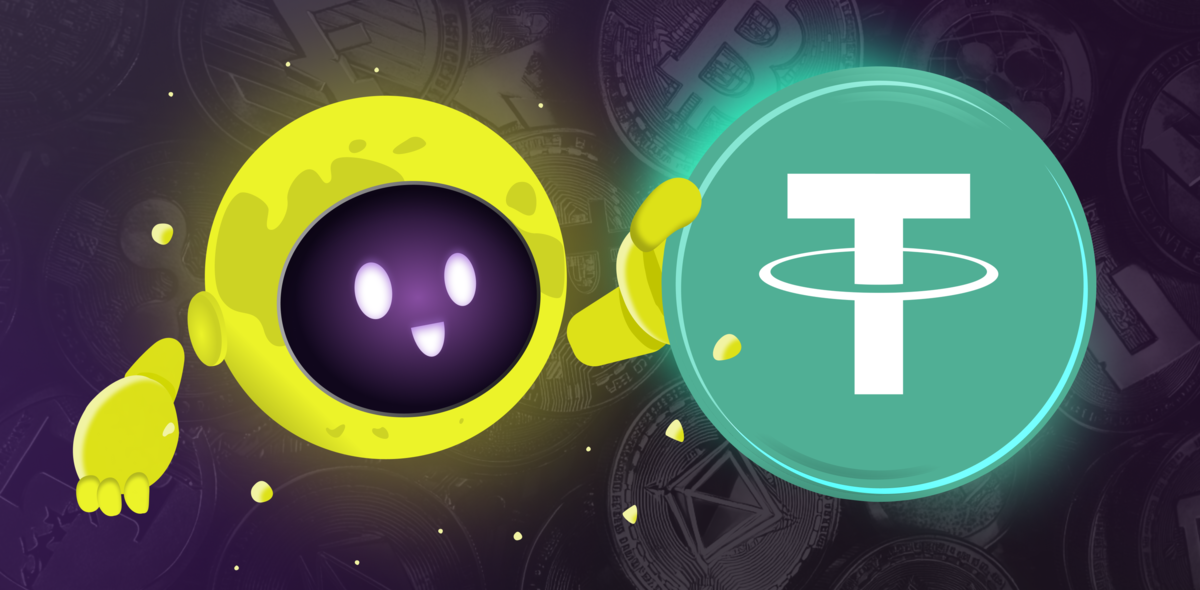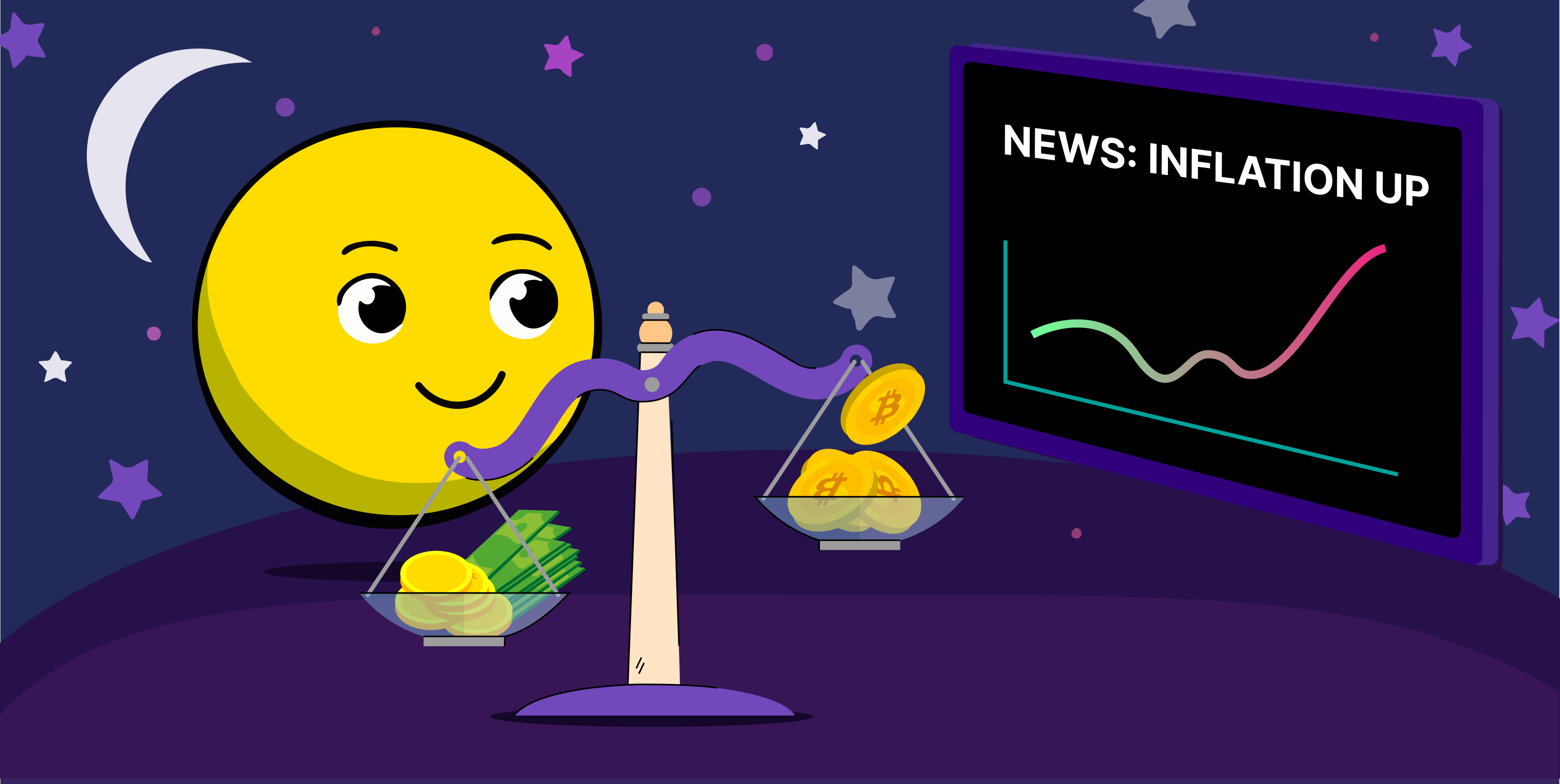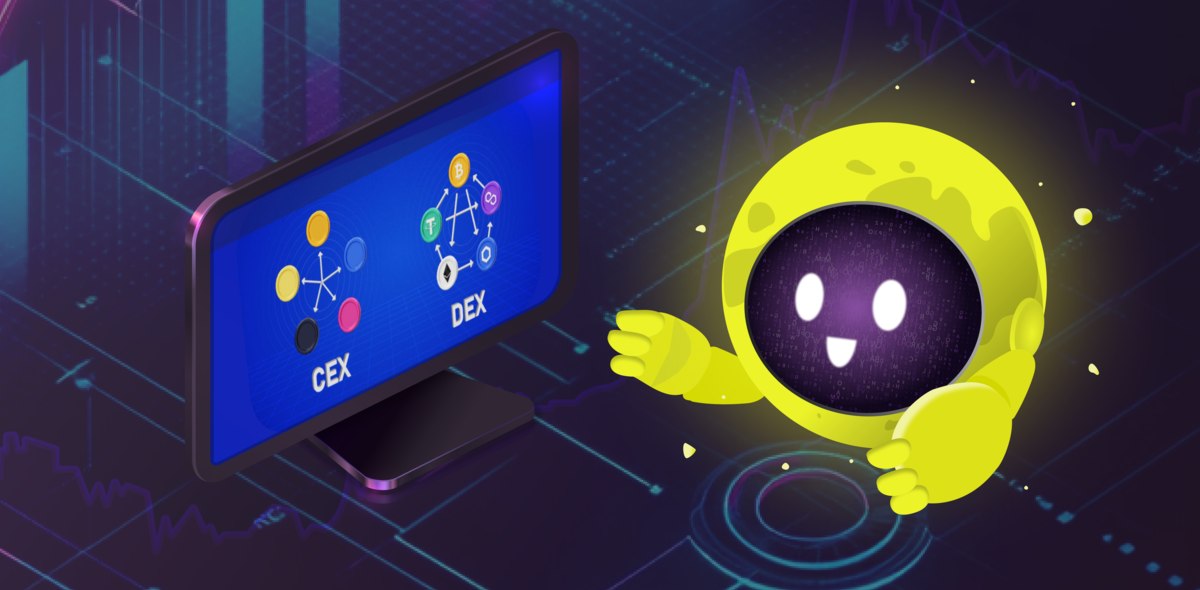
Terra USD (previously known as UST but currently USTC) is a type of stablecoin that uses algorithms to maintain a stable value. In the spring of 2022, this stablecoin suffered a major decline. However, recent news of the founder Do Kwon's extradition from Montenegro has caused the value of Terra USD to surge by 400% in just three days. As of 10:30 on 27 November, the UST token was being traded in the $0.04-0.05 range.
Additionally, on the same day morning, the largest cryptocurrency exchange, Binance, announced that it was offering open-ended futures trading on USTC. Trading starts at 12:30 pm UTC. Apart from the USTC stablecoin, the Terra token (previously known as LUNA, now LUNC) had notable growth, increasing by 60% in the same period.
What Happened?
The coins had a sharp rise on the evening of 25th November, a day subsequent to the highest court in Podgorica approving Do Kwon's extradition upon the request of South Korean and American authorities. The creator of Terraform Labs, the firm responsible for distributing the UST stablecoin and LUNA coin, is currently imprisoned for using fake documentation in an attempt to fly to Dubai at the end of March.
Kwon has been accused of fraud in connection with the UST and LUNA token violations by South Korean and U.S. officials. Last year in May, Kwon's cryptocurrency enterprise Terra failed, resulting in a $60bn loss for the crypto community. The situation caused the closure of Three Arrows Capital and impacted crypto loan providers Voyager Digital and Celsius Network. The crypto project’s issues started when the UST stablecoin no longer remained pegged to the US dollar following the sale of tokens worth approximately $220 million.
What is The Terra (LUNA) Project?
Terra is a blockchain platform designed to release algorithmic stablecoins such as Terra USD, Terra KRW, and Terra SDT. The assets are linked to their respective fiat currencies and supported by the native Terra (LUNA) cryptocurrency.
To issue stablecoins, LUNA coins were burned to represent their corresponding values. To be removed from circulation, stablecoins are exchanged for another asset using LUNA. Arbitrageurs support fixed costs.
The Terra network is based on the Delegated Proof-of-Stake consensus algorithm. LUNA stacking is accessible to users via decentralized Terrastation applications. Validators form blocks and determine the course of stablecoins to LUNA by voting through an Oracle module.
Before the crash, Terra's total market capitalization was $50 billion, with an average daily trading volume of $1 billion. However, within three days, it plummeted.
Thus, the cost decreased to zero. This triggered a chain reaction that led to the collapse of several other well-known players, including Celsius and the Three Arrows, and eventually contributed to the downfall of the FTX.
However, there are also those who still believe in Terra LUNA and argue that the hard fork and creation of Terra 2.0 have resulted in significant improvements and the implementation of a new network architecture. Negative past events are more closely linked to overall market downturns and high market volatility than to issues specific to the project.
The Terra network is based on the Delegated Proof-of-Stake consensus algorithm. LUNA stacking is accessible to users through the decentralized Terrastation application. Validators form blocks and also determine the course of stablecoins to LUNA by voting through the Oracle module.
How Do Stablecoins Function in Terra?
The main objective of this project is to issue stablecoins. The exchange of Terra Stablecoins occurs without any commissions at a fixed exchange rate, but it does require the payment of a Tobin tax.
They are released and withdrawn from circulation using the Terra Station. LUNA serves as an intermediary in the exchange of stablecoins with other cryptocurrencies. The conversion rate of stablecoins to the native token was determined using validators.
To issue stablecoins at Terra Station, LUNA needs to be sent for the corresponding amount. Previously, the process involved burning only a portion of the coins, while the remainder was deposited in the community treasury. After activating the Columbus-5 update, the emission of stablecoins requires the complete burning of the LUNA tokens.
When stablecoins are withdrawn from circulation, they are exchanged for LUNA. Subsequently, these coins could be exchanged for other assets. For example, validators set the price of LUNA to $50. When withdrawing 100 UST, the user receives two LUNA, which can then be exchanged for other cryptocurrencies. UST was burned simultaneously.
A change in demand for stablecoins can lead to an increase or decrease in their value. A notable feature of the platform is its market mechanism, which helps maintain stable prices through arbitrage.
The Terra Station enables the conversion of stablecoins into LUNA at the exchange rate of the respective fiat currency. Arbitrageurs profit from the difference in exchange rates, which leads to price equalization.
An increase in demand for Terra USD may lead to a price rise above; in such cases, the market regulation of the UST value is carried out in two stages.
Arbitrageurs issue Terra USD by burning the LUNA. Users spend $1 per LUNA to create a UST.
Next, they exchange stablecoins for LUNA at a market price that exceeds profit.
Arbitrageurs cyclically repeat these operations. The supply of the UST increases, which results in a decrease in its value compared to the target value.
When the market is flooded with requests to sell Terra USD, supply often exceeds demand. This may cause the price of UST to fall below $1. The arbitrageurs then issue LUNA coins while burning Terra USD.
In Conclusion: Is The Terra (LUNA) Legit?
Regulators' investigations and interests have detrimental effects on the project. Do Kwon himself not consider himself fraudulent and believes in the success of the Terra 2.0 project. He stated that many developers are in the process of migrating their applications to new networks. However, the US attorney's office holds a different belief, and it will not be easy to persuade them.
Nevertheless, Terraform Labs is taking steps to restore confidence in the project and develop new products. Leading cryptocurrency exchanges, such as Binance, Huobi, and Kraken, have extended their support for Terra 2.0.
The cryptocurrency market is still in its infancy and there are currently no established criteria for identifying fraud. One could argue that all cryptocurrencies are potentially fraudulent, or categorize DeFi and most cryptocurrencies (excluding Bitcoin and a select few) as scams. Alternatively, only open-pyramid schemes can be labeled as scams.
Whether a specific cryptocurrency or project is a scam depends on factors such as the technology, development team, and business strategy. Therefore, before investing in any cryptocurrency or project, investors must conduct their own research and be cautious of projects that promise guaranteed high returns.




